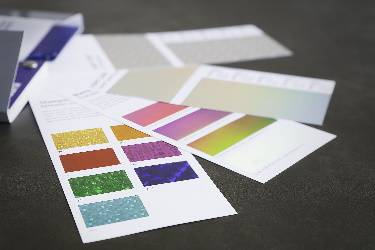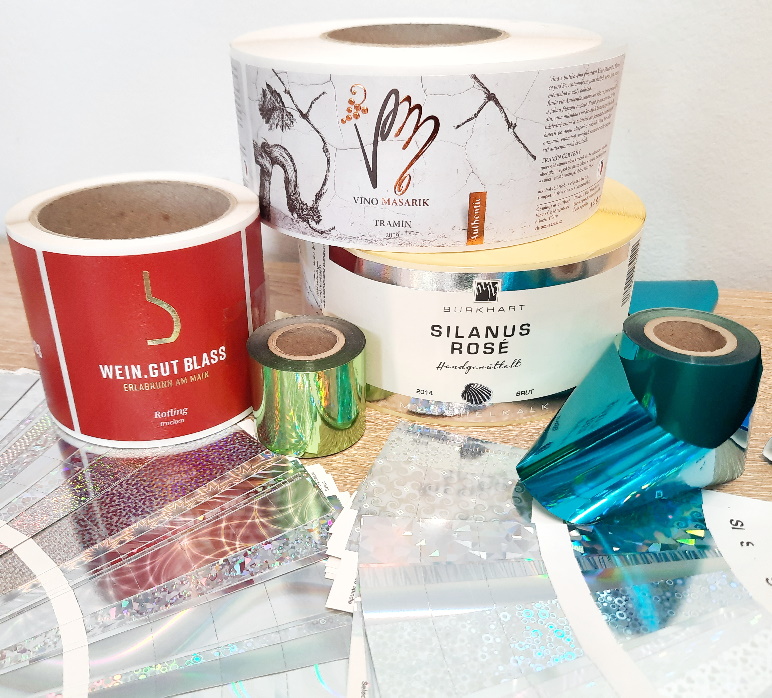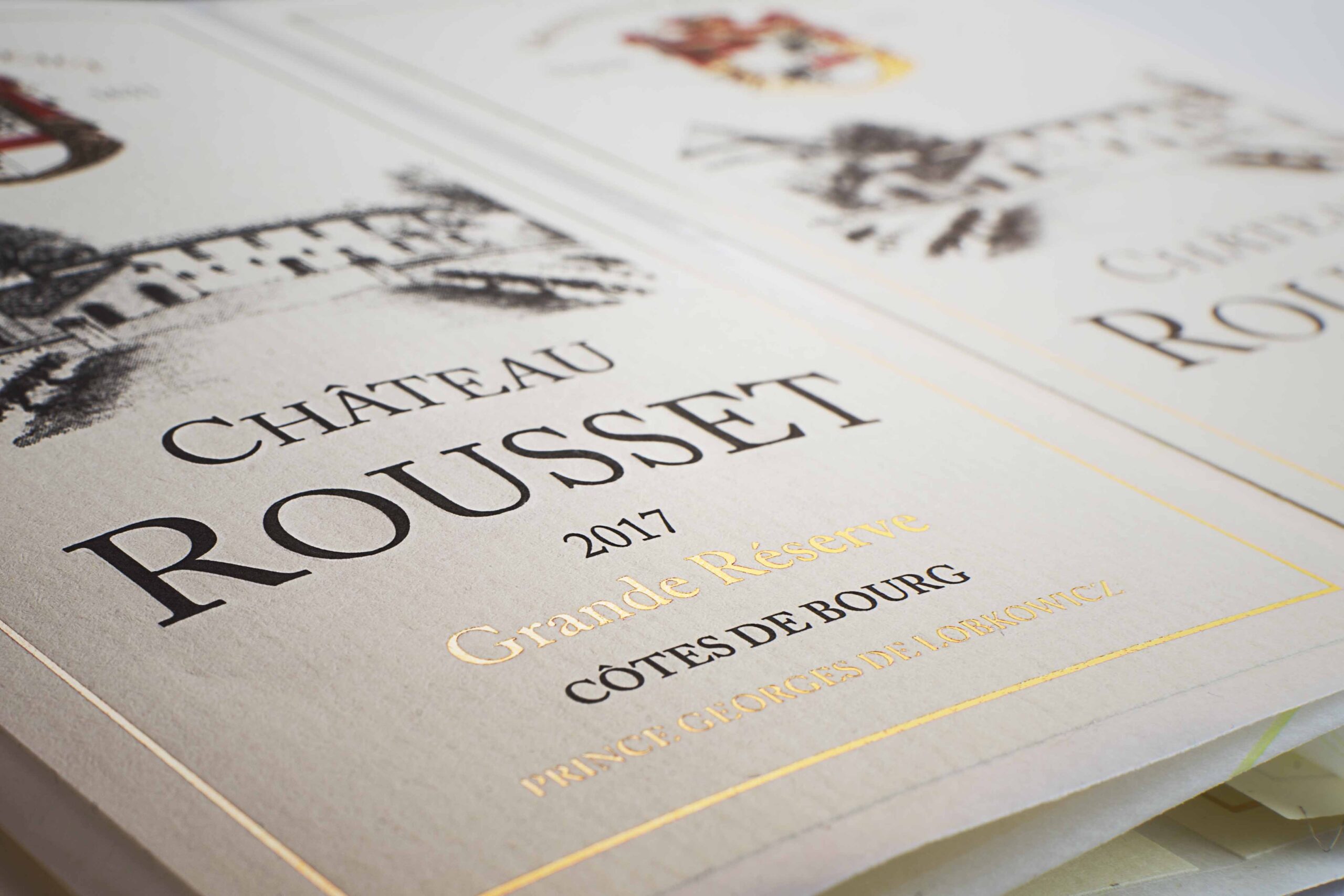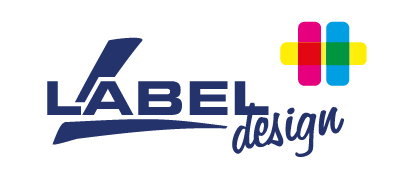Labels that boast extremely colorful embossing immediately catch the eye. A luxurious look can be achieved through the combination of embossing and the right material, which is sure to attract the attention of customers. Are you thinking about using embossing on your labels, but aren’t sure which material to choose for the best result? In this article you will learn about how to use embossing on textured materials.
There is nothing like textured materials
When we consider the range of textured materials, we find that there are many types. They differ from each other in their structure, thickness, color, and tactile feeling. Some materials are as coarse as sandpaper, others are as fine as satin, while others have been developed for specific functions.

These include, for example, mold-resistant textured materials that are able to withstand long-term storage in the damp environment of storerooms and wine cellars. These materials are mostly used by winemakers, brewers, and other beverage makers who need very specific conditions for storing their products. In short, these labels must not only be beautiful, but must also be able to withstand demanding conditions. Both conditions are perfectly fulfilled by textured materials.
And if you also enhance the material with embossing, then nothing compares to its appearance. Of course, the embossing may be silver or gold, or you can choose from a wide range of other colors. Even amongst embossing foils there are a range of specialties, such as holographic foils or scratch-off coatings.

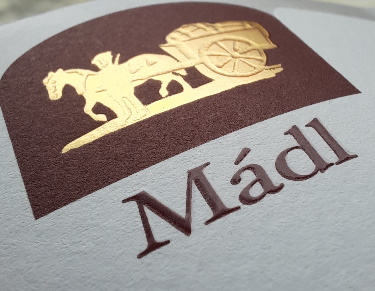
It is easy to get lost in the portfolios of our suppliers, which is why our sales representatives are happy to help you choose the material that best suits your ideas and product needs.
